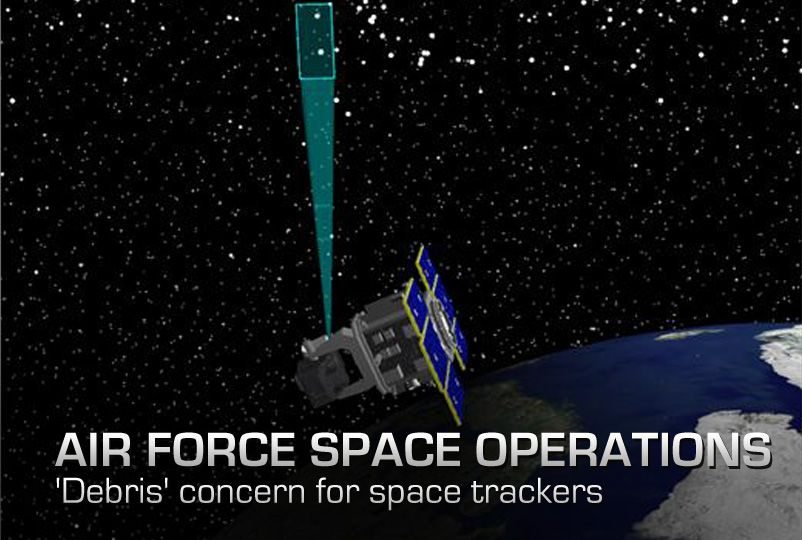The conventional challenge of the Cold War was massive Soviet land armies that threatened to sweep across Eurasia. In the first two decades after the collapse of the Soviet Union the challenge has been terrorists, insurgents and hybrid opponents. As the withdrawal from Afghanistan proceeds the U.S. military is beginning to look towards a future in which it is likely to face more capable adversaries.
The challenge of the next several decades looks to be anti-access/area denial capabilities (A2/AD), most specifically a combination of conventional and ballistic and cruise missiles and integrated air defense systems (IADS). An opponent employing A2/AD capabilities and concepts will employ missiles to attack U.S. forward bases and naval expeditionary forces moving into theater and then rely on its IADS to defeat any residual U.S. air strikes.
The A2/AD challenge is particularly worrisome in the Western Pacific where China not only has deployed many hundreds of ballistic missiles capable of reaching U.S. bases in the region and even targeting large warships and is rapidly building a powerful IADS based on a combination of a large fleet of fighters and double and triple digit surface-to-air missiles. But countries such as Iran and Syria are deploying long-range ballistic missiles and building IADS, often with technology from Russia and even China.
It is vitally important that the U.S. military develop the capabilities to deter and, if necessary, defeat A2/AD threats. While the United States and China are unlikely to come to blows, Beijing could be emboldened if it were able to deploy a full-blown A2/AD capability that the United States could not counter.
The Pentagon has been struggling to find ways to counter the A2/AD challenge. The Joint Operational Access Concept envisions employing deep strikes against an opponent’s homeland directed in particular at taking down the C4ISR networks, on which the A2/AD system relies. But in order to go deep, the current set of U.S. forces will have to operate forward, not only risking attack by the adversary’s air, sea and missile forces but fly into the teeth of the IADS. Stealthy systems such as the B-2, F-22, F-35 and, in the not-to-distant future, a long-range strike system are part of the answer. So too will be advanced standoff jammers, UCLASS and long-range cruise missiles. But these are only part of the answer.
Enter hypersonic weapons. According to recent press reports, what was for a long time nothing more than a series of science experiments has now organized into a coherent program that could produce a new generation of long-range, extremely high speed weapons capable of negating hostile IADS and holding at risk a range of targets including ballistic missile launch sites.
The Air Force has a plan in place to develop a hypersonic strike weapon by 2020 and a hypersonic aircraft to perform ISR in an A2/AD environment by 2030.
Hypersonic weapons combined with stealthy platforms and advanced electronic warfare and cyber capabilities would be used to defeat hostile IADS, “kicking in the door” for slower and less stealthy systems to conduct follow-on attacks.










